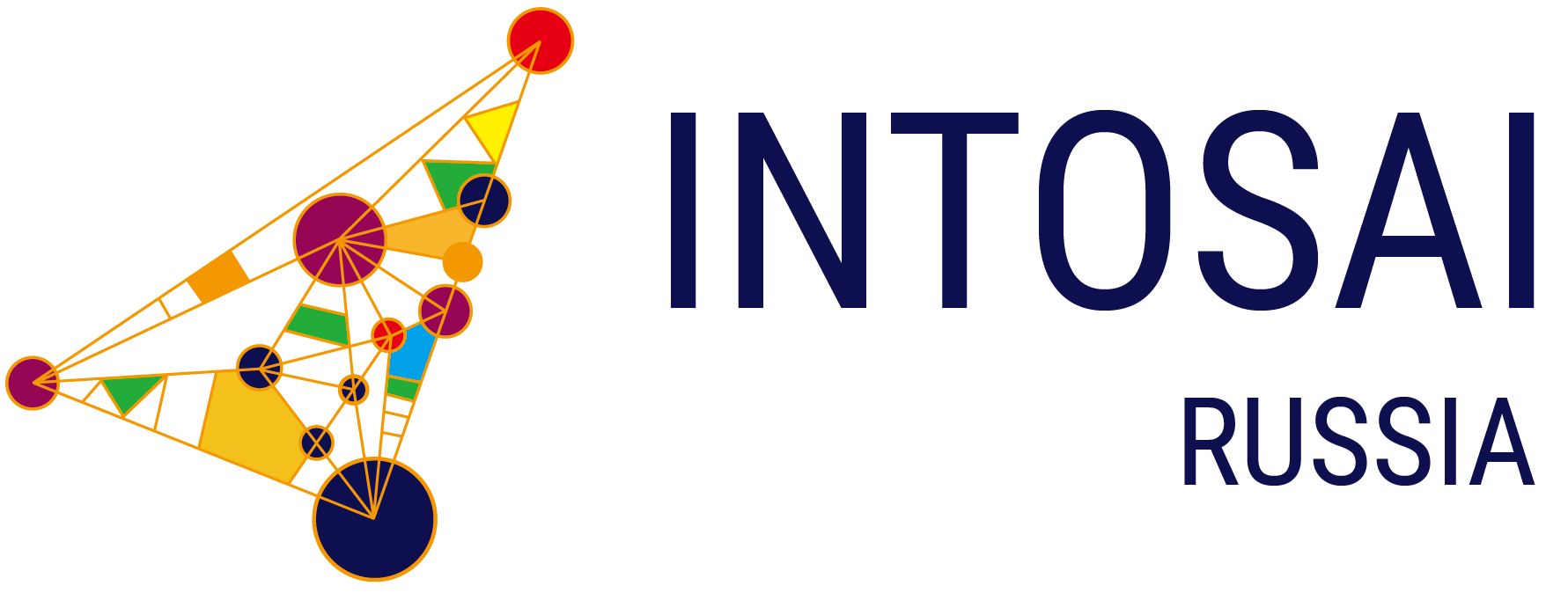
Digital Progress and Trends Report 2023
The World Bank (WB) presented a new working paper on digitalization.
The goal is to analyze the global dynamics of digital transformation, as well as the possibilities of using new technologies to stimulate socio-economic development.
According to the organization's estimates, in 2000–2022. the annual growth of gross value added in the IT services sector was 8%, employment growth was 6% (from 8 to 32 million people). The COVID-19 pandemic served as a key driver of digitalization in 2018–2022: the number of Internet users increased by 1.5 billion people, reaching 5.3 billion people. In 2020–2022 the number of companies investing in IT solutions increased by 50%.
Key trends in digital development:
- Growth in the number of new mobile device users
- Localization of the mobile application market
- Growth in the volume of produced and processed data (due to the development of computing power, cloud technologies and social networks)
- Development of network infrastructure (data centers and Internet traffic exchange points
Despite the progress made, the global digital divide is widening. Thus, in 2022, more than 90% of the population in developed countries had access to the Internet, in low-income countries - 25%. The World Bank identifies two models of digital development: export-oriented and domestic market-oriented. The first opens up broad starting opportunities for the development of the IT sector, primarily for developing countries. Increasing geopolitical tensions have prompted MNCs to diversify their IT service providers. Among the main beneficiaries is India. In 2010–2022 The annual growth of the IT services market was 12%.



